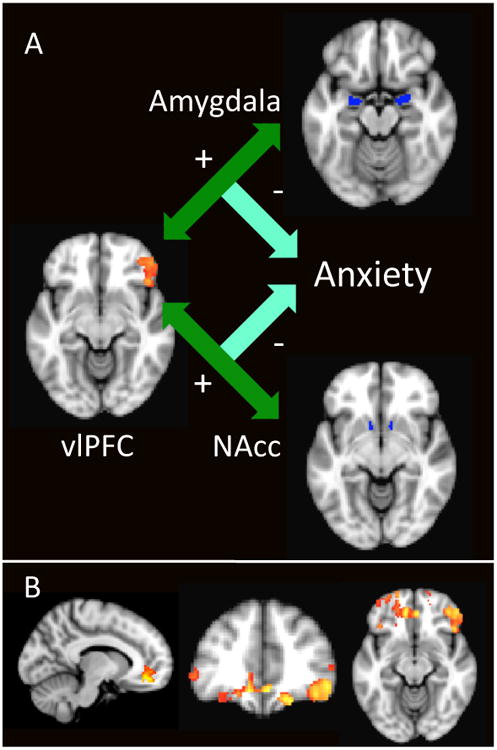Figure 3. A) Functional Connectivity of vlPFC with Amygdala and Nucleus Accumbens Predicts State Anxiety Change.

Anatomically-defined Amygdala and Nucleus Accumbens clusters were used as seeds in PPI analysis. Maps of regions whose connectivity with the ROI was associated with reduced anxiety were generated. The region of vlPFC pictured represents the overlap of the Amygdala and Nucleus Accumbens map, such that increased functional connectivity of vlPFC with both regions (indicated by the green arrow) significantly predicted reduced anxiety (r=-0.67 for Amygdala, r=-0.74 for NAcc). Z=2.3 (p<0.05, corrected)
B) Extended Map of Amygdala and Nucleus Accumbens Connectivity Overlap
To investigate an a priori hypothesis about involvement of vmPFC, we examined regions where increased connectivity of both Amygdala and Nucleus Accumbens predicted reduced state anxiety change at a lower threshold of z=1.96 (p<0.05, corrected). Images are shown at the peak voxel (z=4.0) for vmPFC.
